“I’d like to create tasks every time users rate us poorly, can I automate this process using Power Automate?”
Power Automate is a great tool to delegate some decisions. Does the request need your attention or not? Can it be processed automatically or is there a need for a user input? Were the customers satisfied or did they rate you poorly? In most situations you can just let it go, but what if you must do something and getting a notification is not enough? You might need a task!
This article will show you 4 different ways to keep track of tasks.
Use the To Do
The most “basic” tool for tasks is Microsoft To-Do. It’s a simple task list where you can create tasks with some metadata. A task is either open or completed, and that’s it.
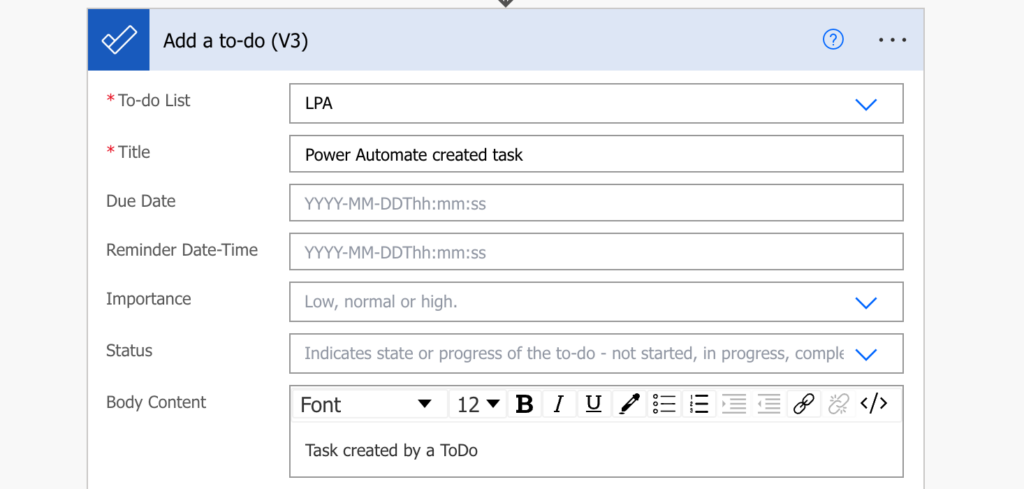
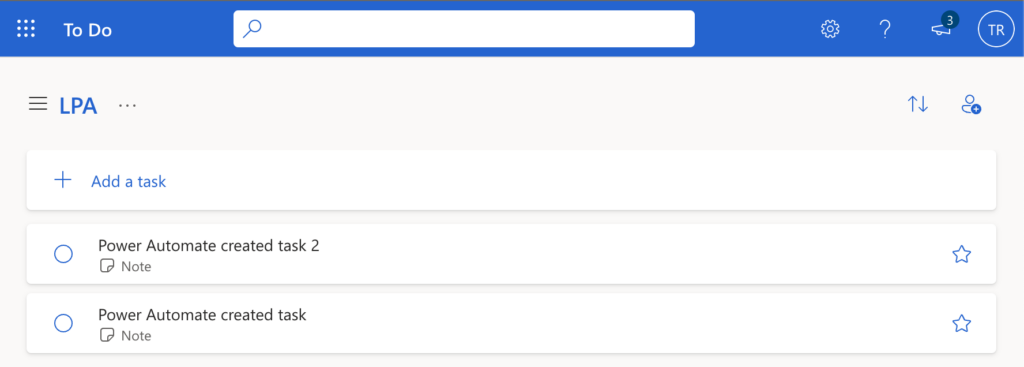
Use the Planner
The other, more complex solution is Planner. While To Do is mainly personal tool for tasks, Planner is intended for cooperation in a team. Each team can have its own Planner with shared task and with more information about each of them. You can create a task and then update its details…

…where you can add checklists or attachments.
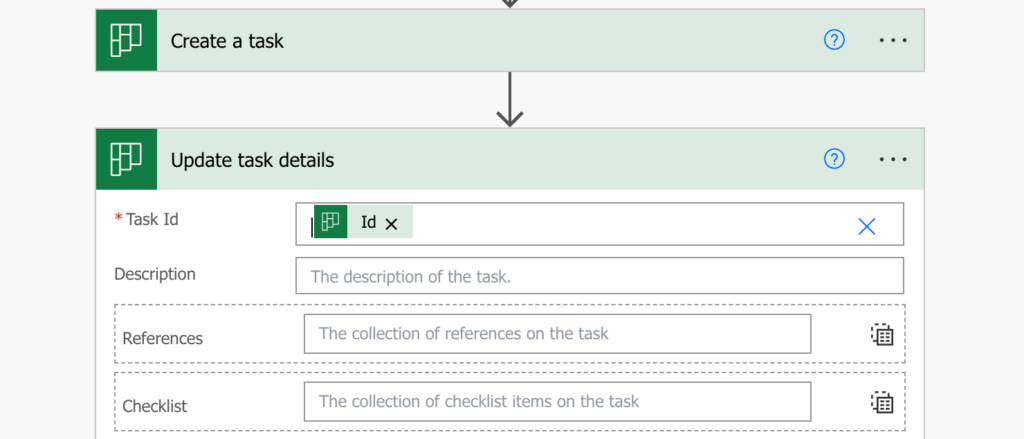
While it’s a more powerful tool than To Do, it still has some downsides. If you want to get the users responsible for a task, e.g. to create a report, you’ll have to use their id.
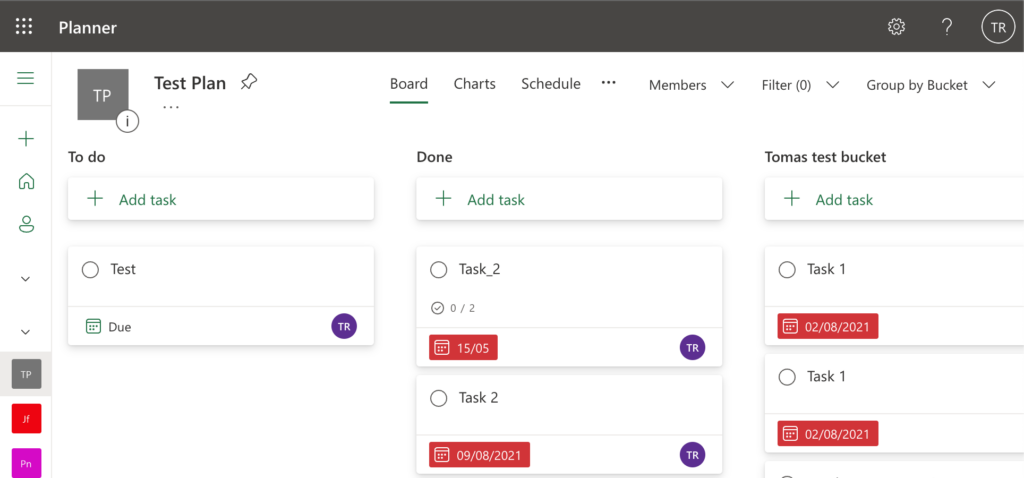
Use a SharePoint list
It’s also possible to use a SharePoint list to track the tasks, where the upside and downside are the same – you have a full control over the solution. You can create your own list to store the tasks or use one of the templates, e.g. the Issue tracker, but then it’s up to you. If you want any automation, e.g. a reminder, you’ll have to build a flow.
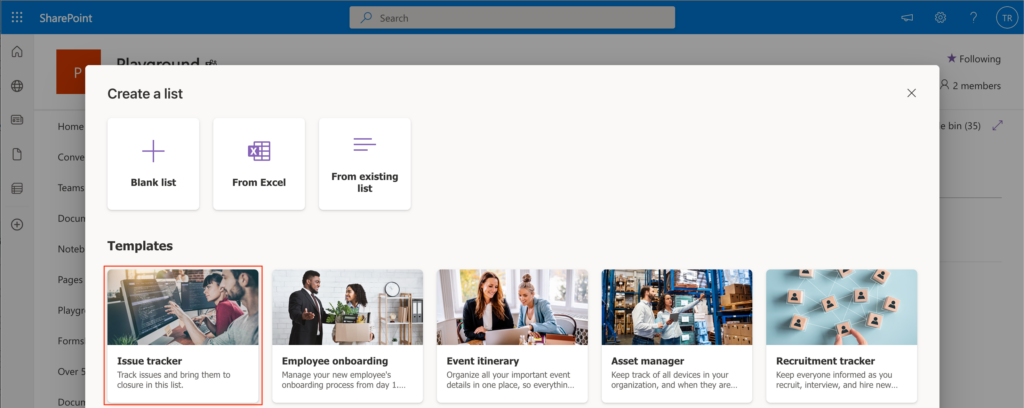
The task itself is created using the SharePoint ‘Create item’ action.
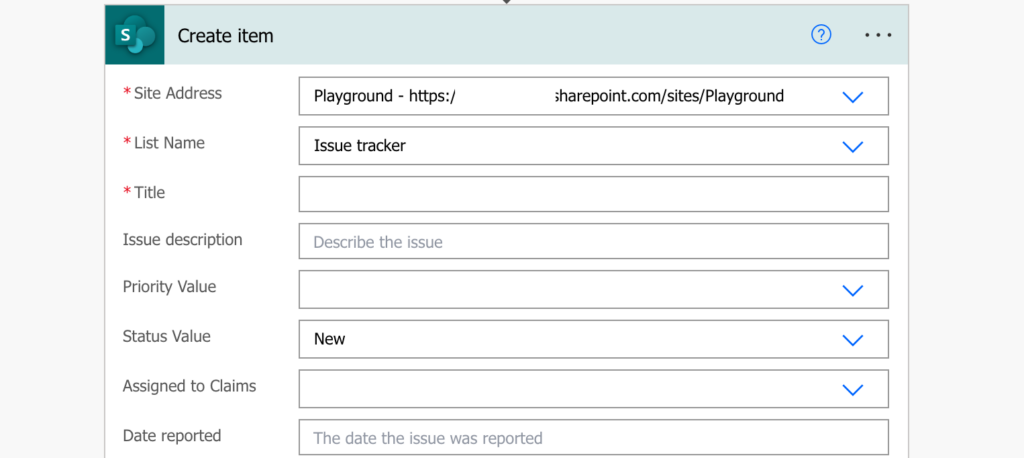
Use the Approvals app
Last option for this article is to use the Approvals app included in Power Automate. It’s most often used for approvals, but it’s possible to use it also for tasks. Setting the action to Custom Responses with one answer, e.g. Completed, will create a task that’ll wait for the user to click a button.
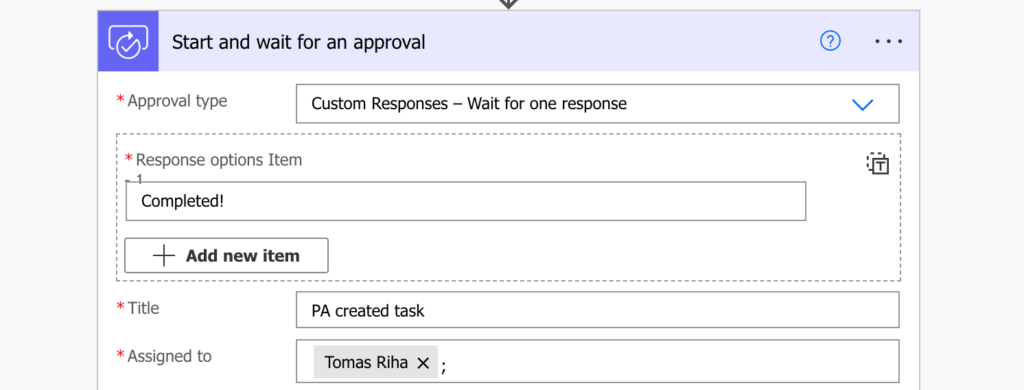
It’s a good solution for quick tasks as you can even send the completion form in a Teams message. Instead of ‘Start and wait for an approval’ use ‘Create an approval’, post the adaptive card to Teams and wait for response.
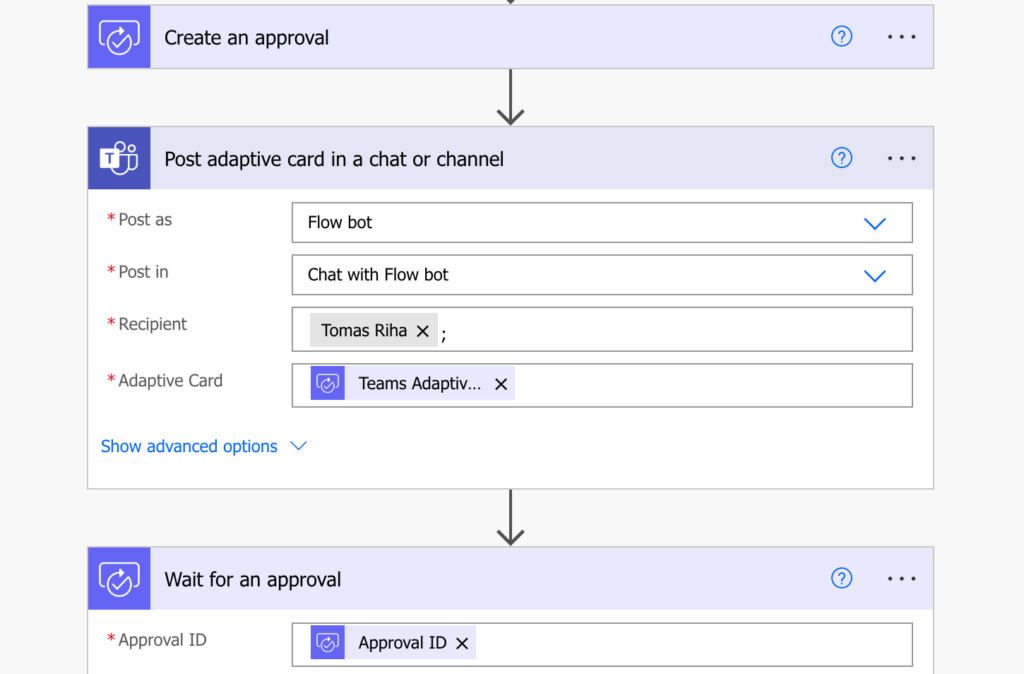
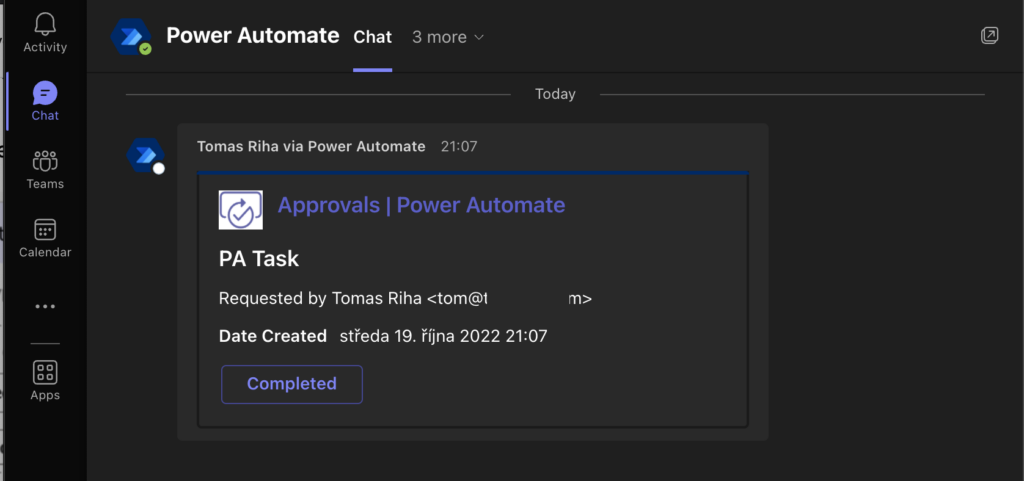
All the tasks are then visible for the requestor and the recipient in their Approvals application, embeddable into Teams.

Summary
There’re probably many more options how/where to create tasks from a Power Automate flow than this article described, but those above should cover most of your needs. Do you want the simplest possible solution? Use To Do to have a list or the Approvals to handle the tasks quickly. Is your task tracking more complex, across multiple people, yet you don’t want to build all the functionality by yourself? Use Planner. But if you want a full control over the tasks, SharePoint list with a few additional Power Automate flows might be your solution.